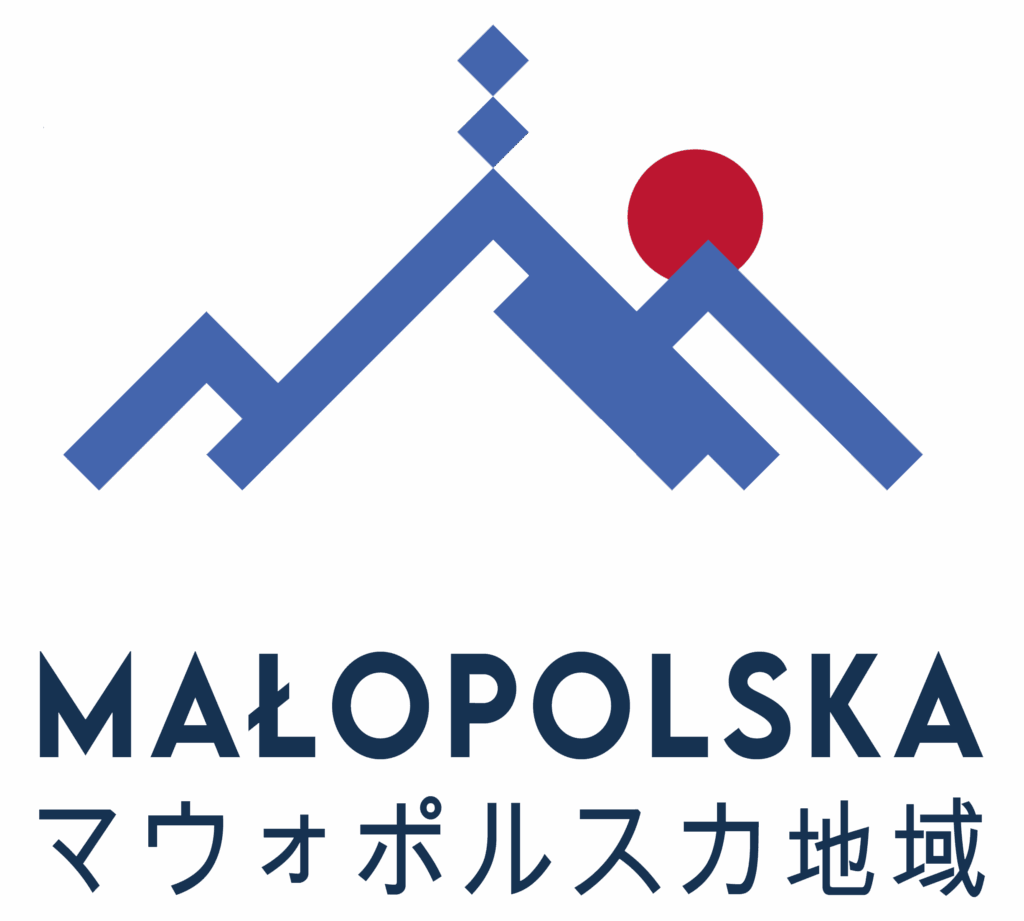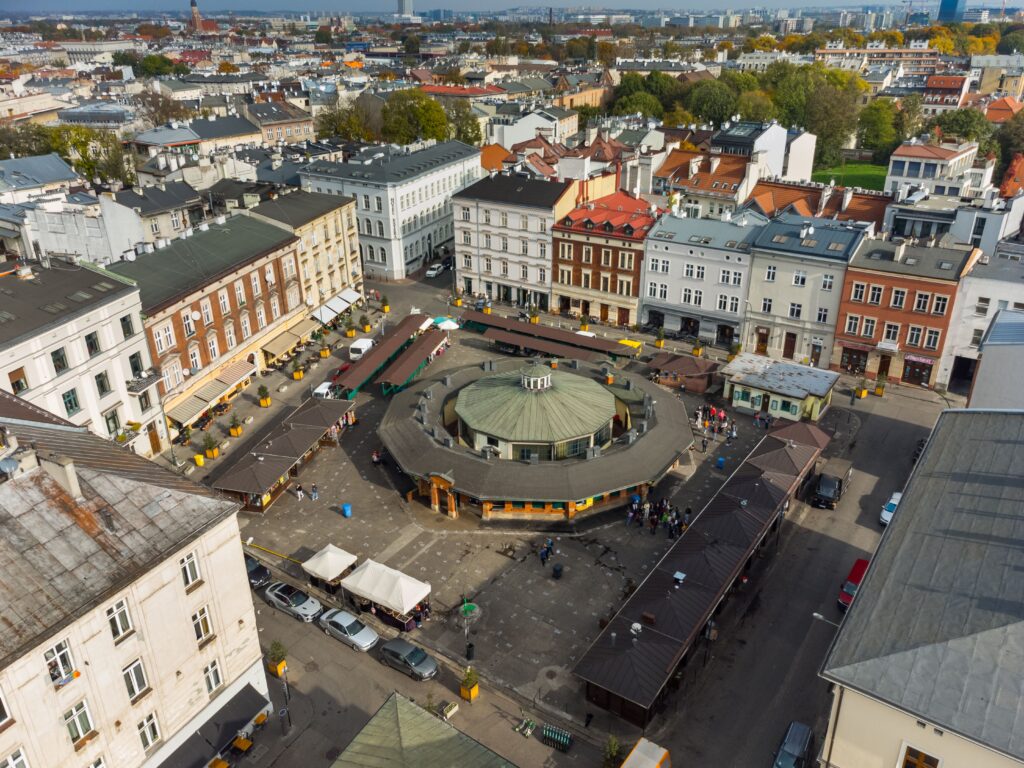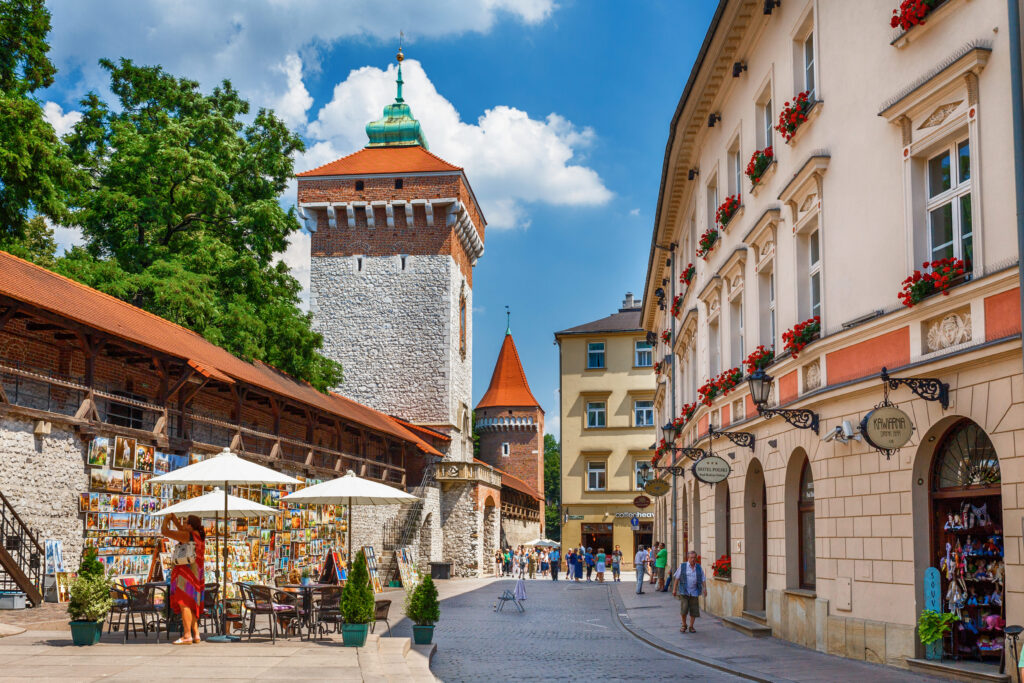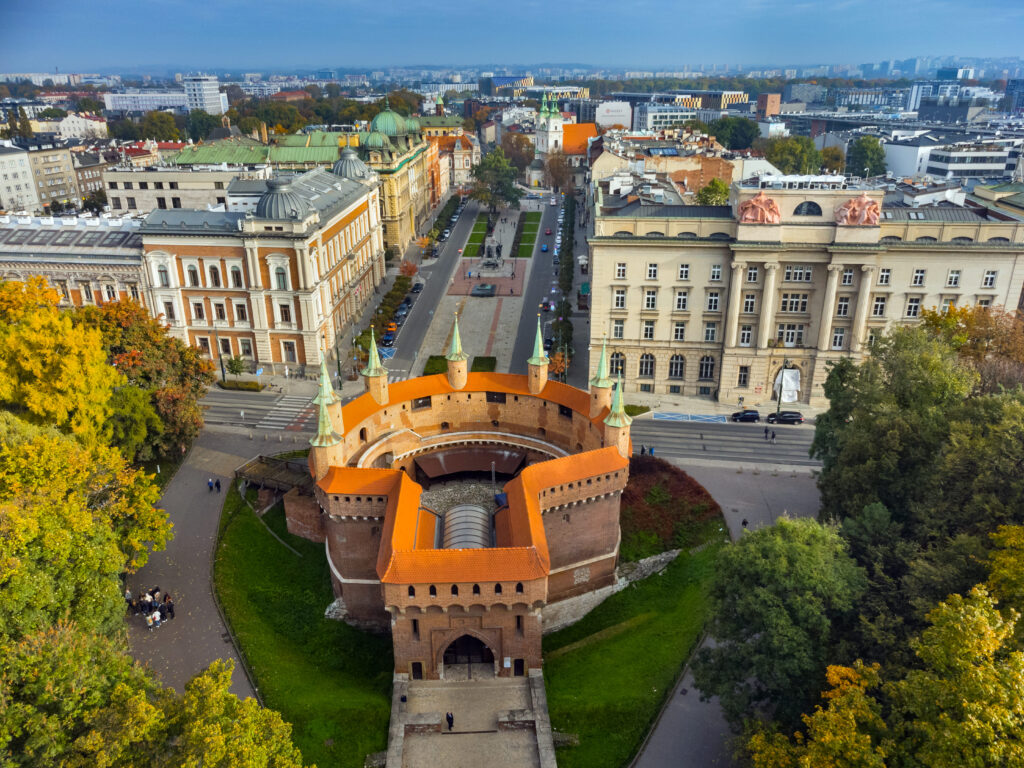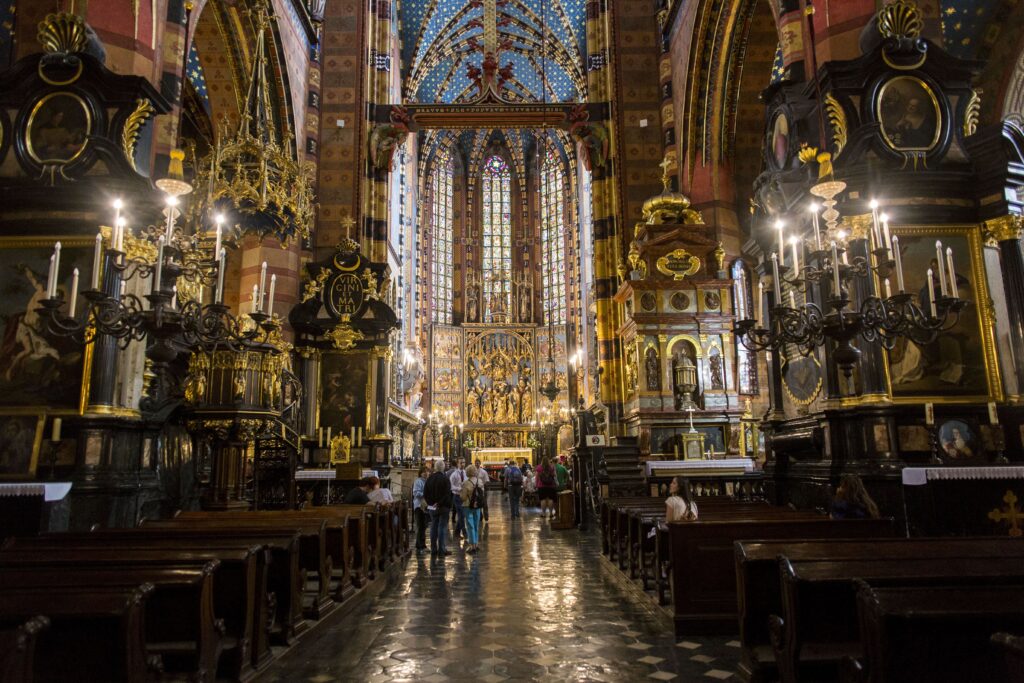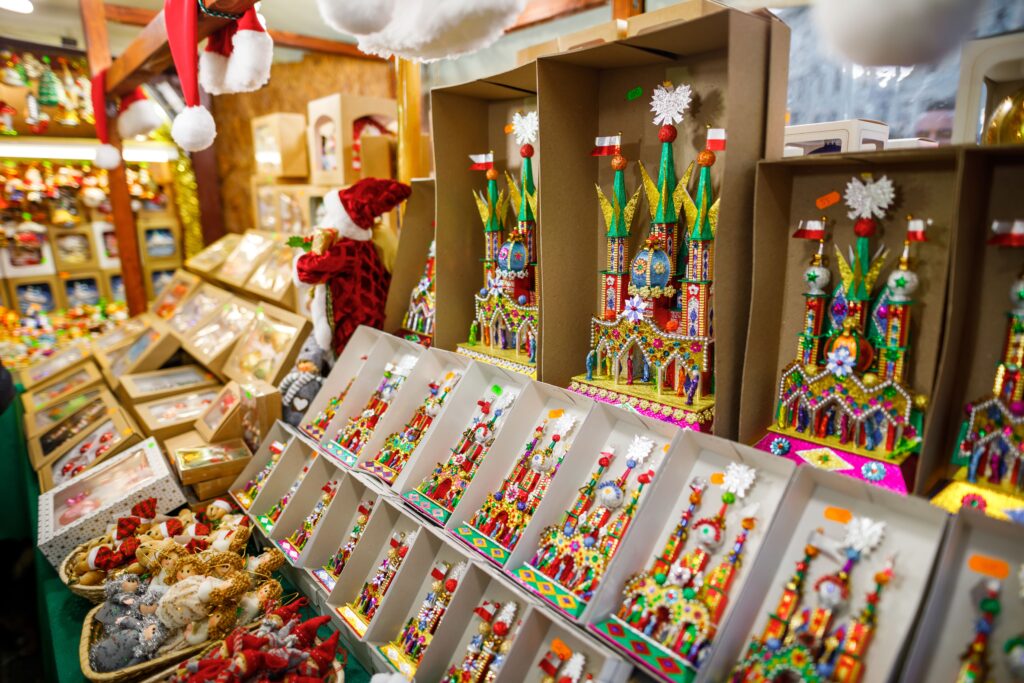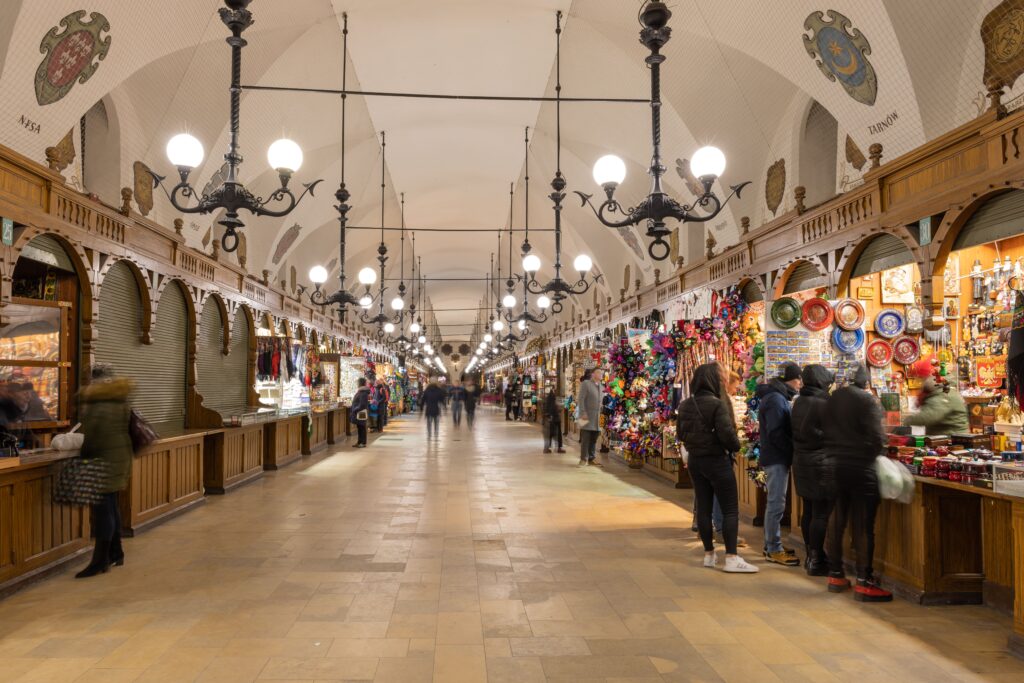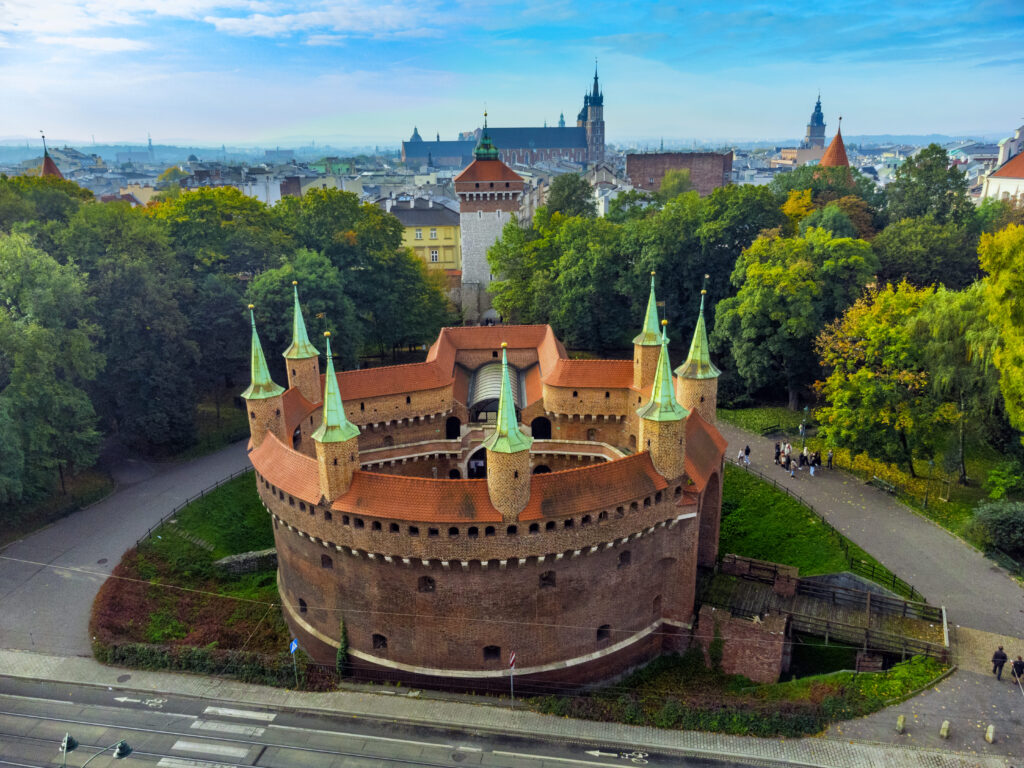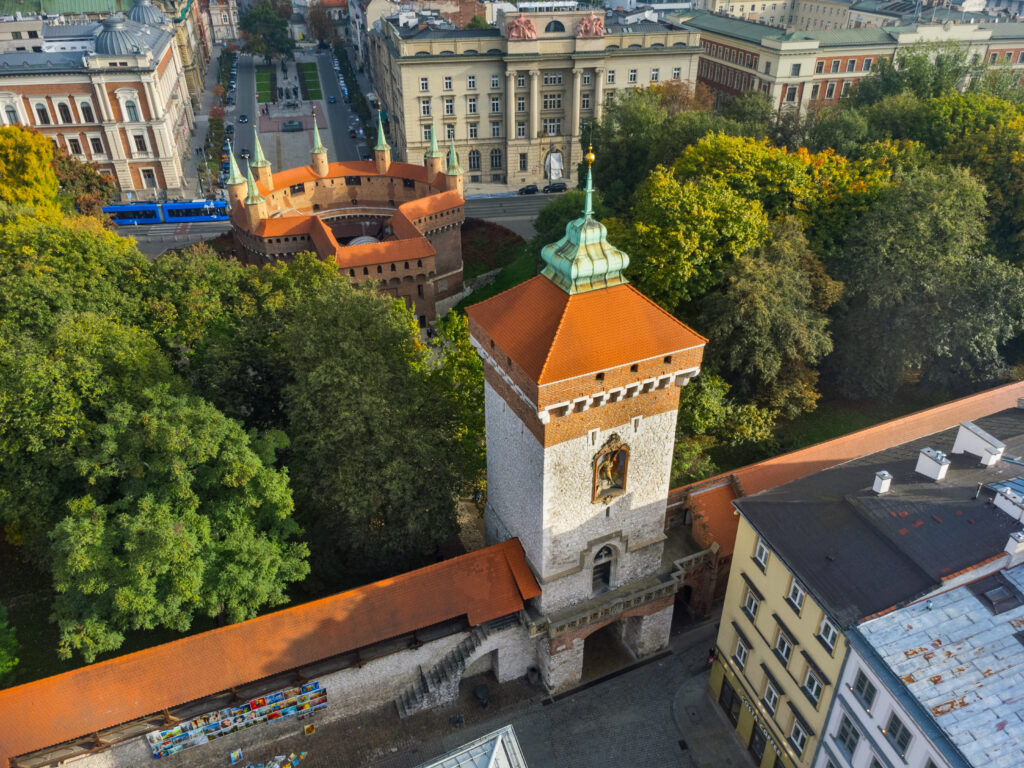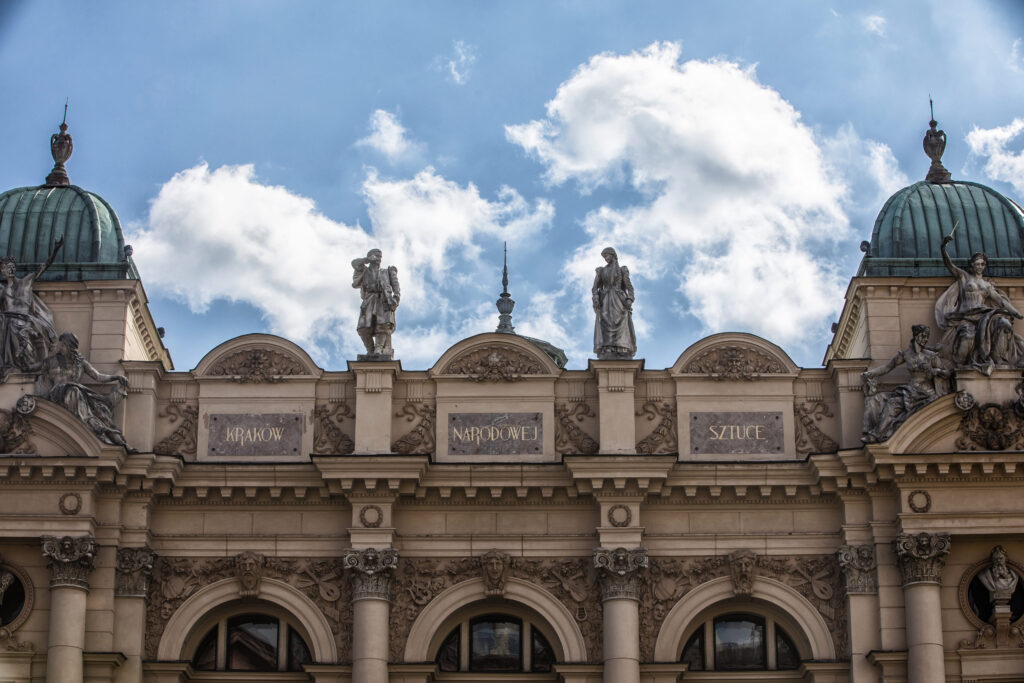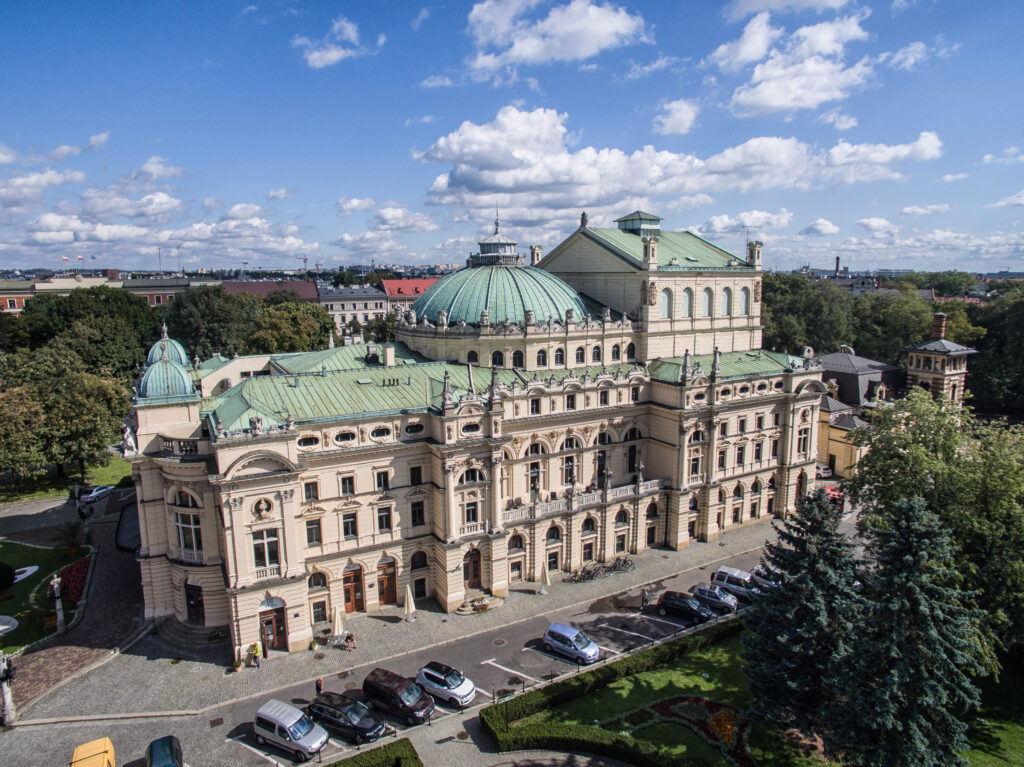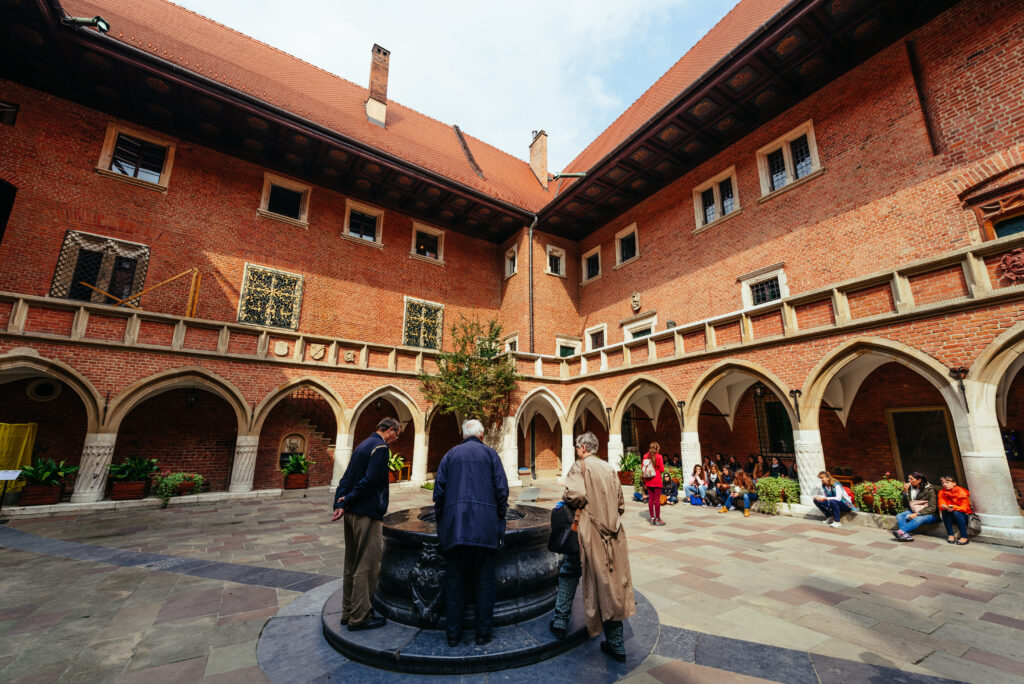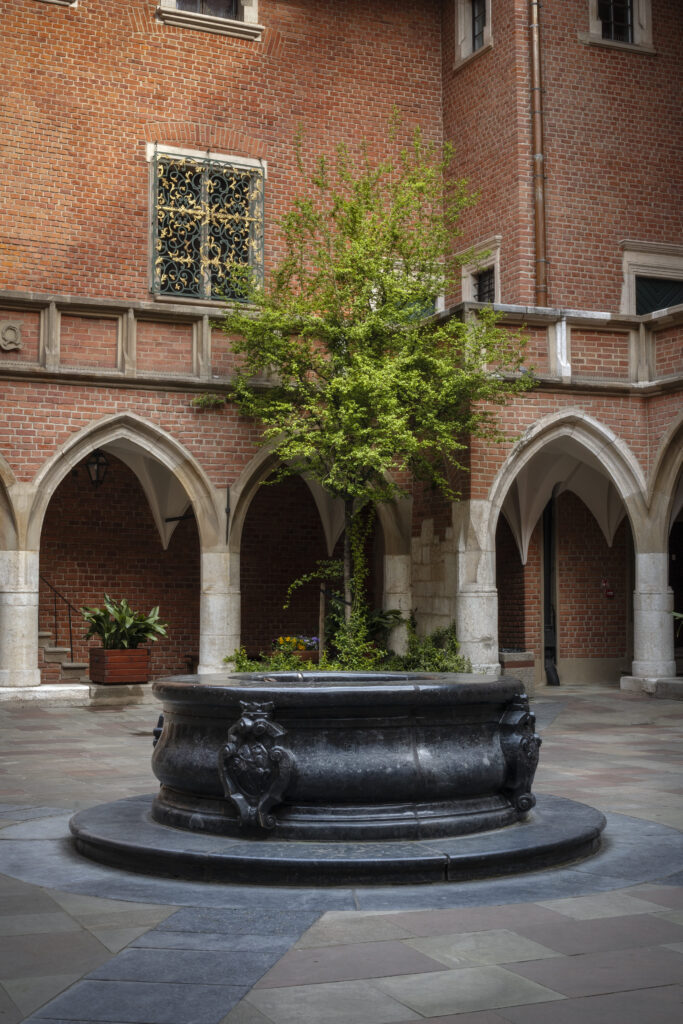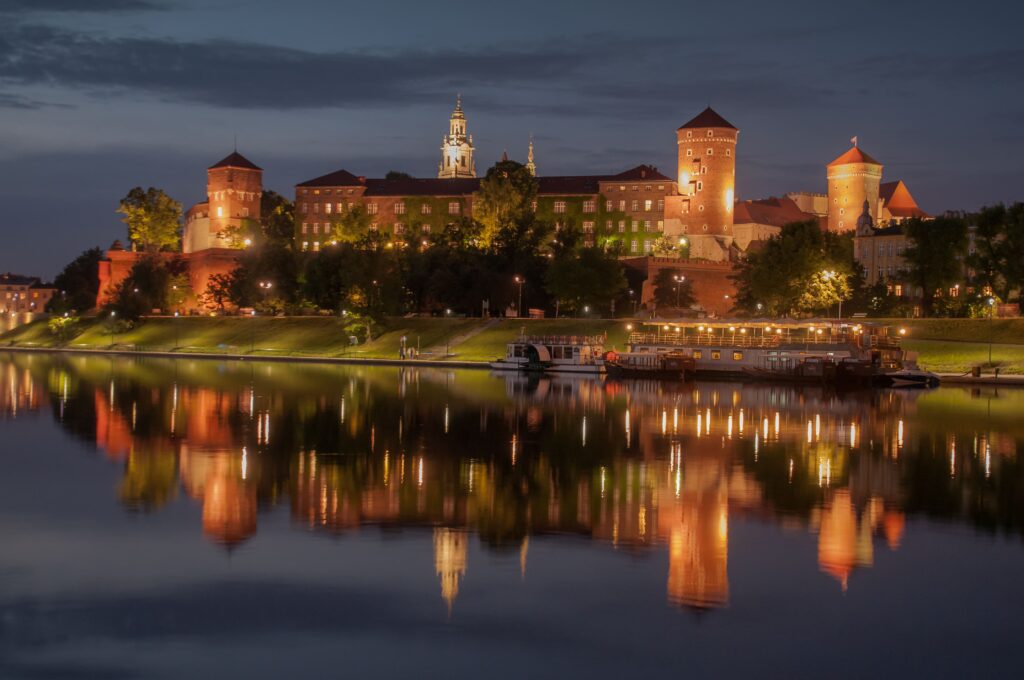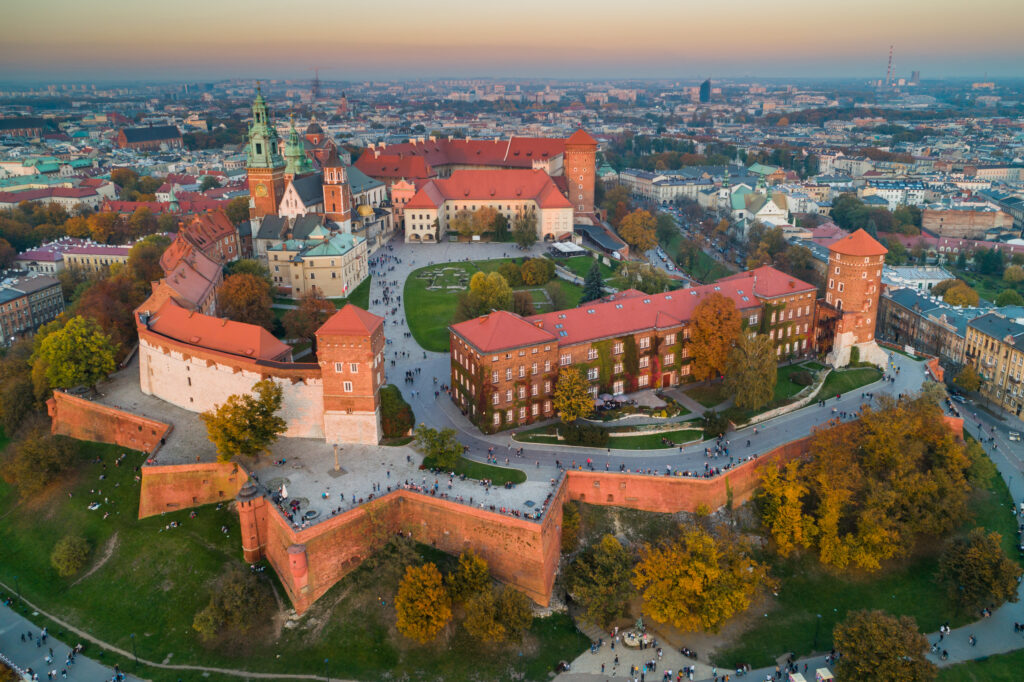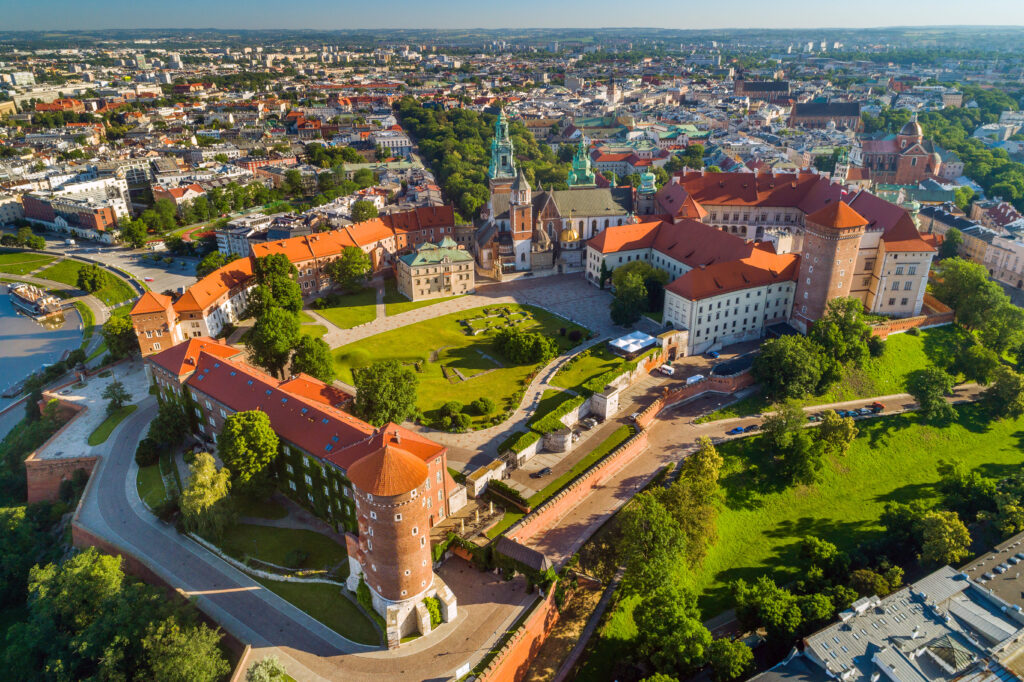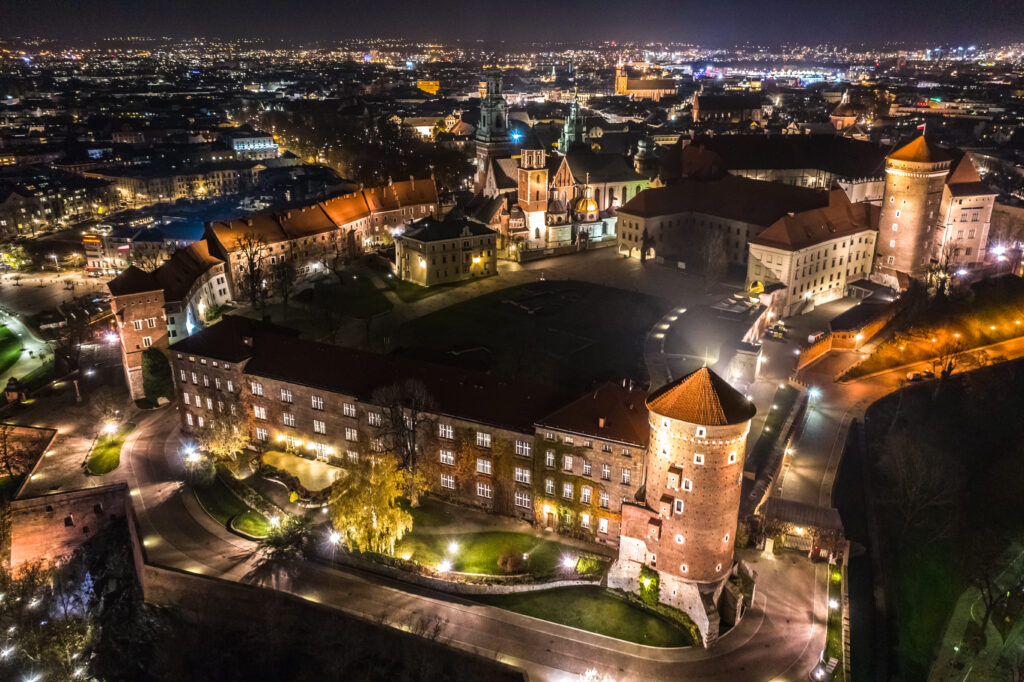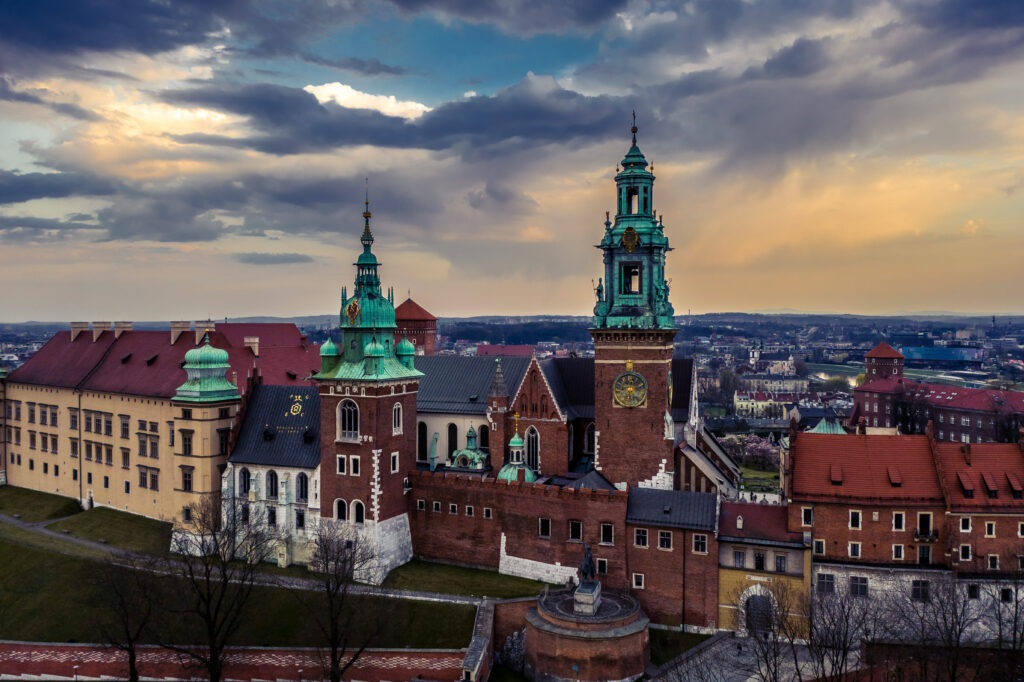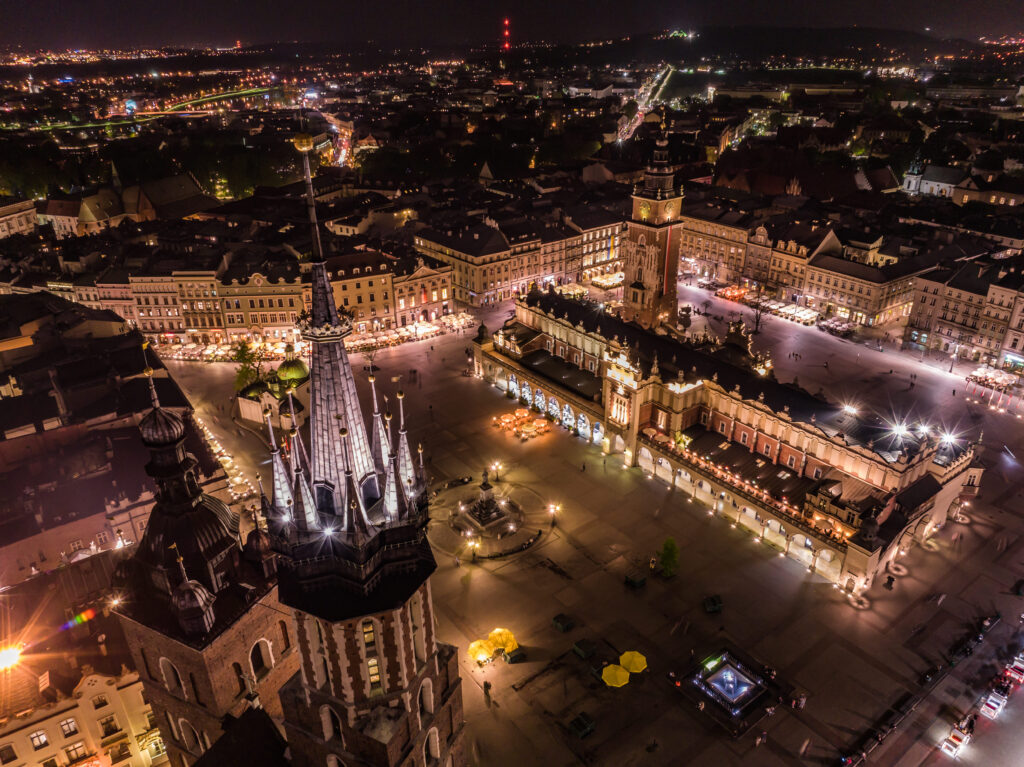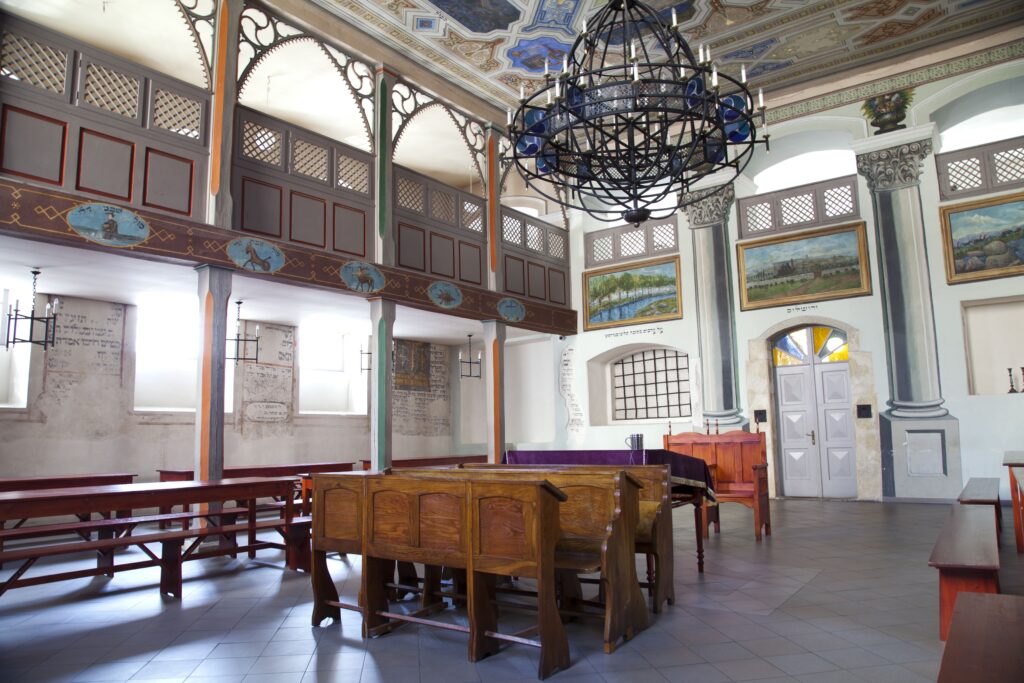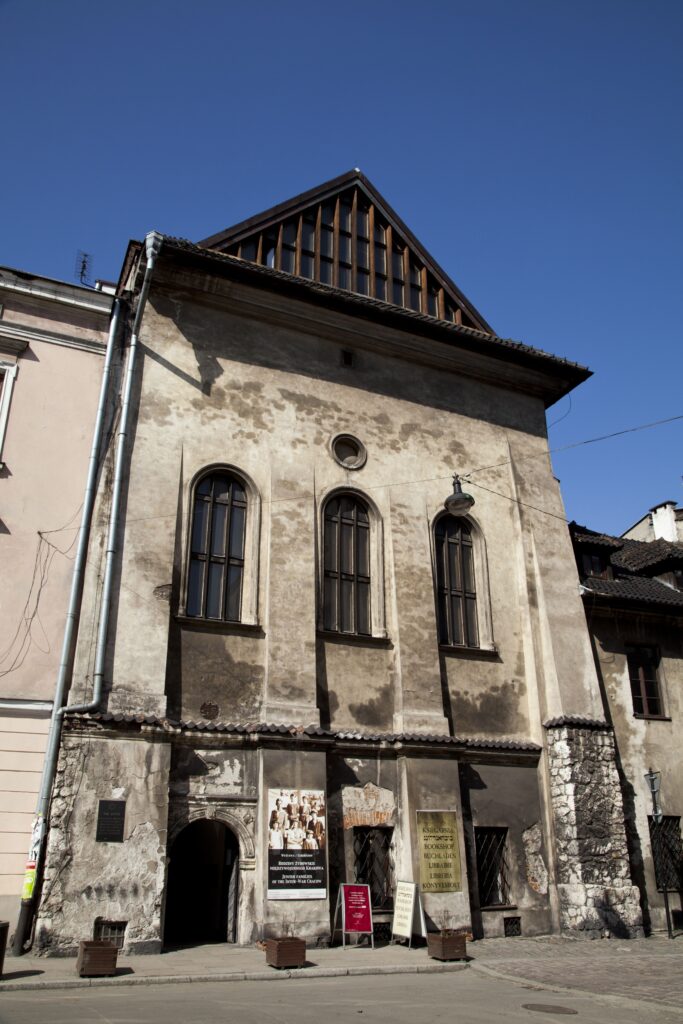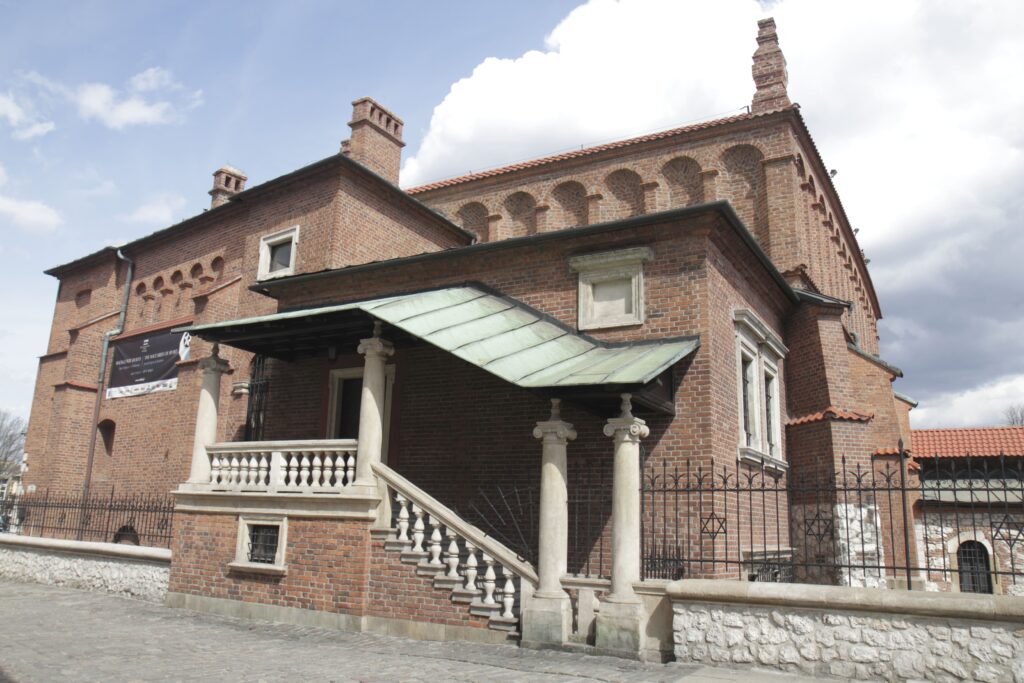Kraków, situated on the Vistula River, is the cradle of Polish culture and a unique urban phenomenon; the former capital of the country, the site of royal coronations, and later the eternal resting place of Poland’s rulers. It has long attracted scholars—home to the country’s oldest university, artists—drawn by its rich cultural atmosphere, and pilgrims—visiting its sanctuaries and relics of saints.
Tourists are also drawn here by the city’s atmosphere, historic monuments, and recently, its connection to Pope John Paul II. In 1978, Kraków’s Old Town (within the Planty Park) and Kazimierz—the former Jewish district—were inscribed on the inaugural UNESCO World Cultural and Natural Heritage List.
Among the many outstanding individuals associated with Kraków are: Pope John Paul II; Nobel Prize-winning poets Czesław Miłosz and Wisława Szymborska; Tadeusz Kantor, founder of the avant-garde Cricot 2 theatre; playwright Sławomir Mrożek; Stanisław Lem, a legend of Polish science fiction; Stanisław Wyspiański—painter, poet, playwright, and designer, creator of the stained-glass windows in the Franciscan Church; and Dr. Feliks Jasiński “Manggha,” founder of the collection of Japanese art now exhibited in the Manggha Museum of Japanese Art and Technology, established by Andrzej Wajda.
